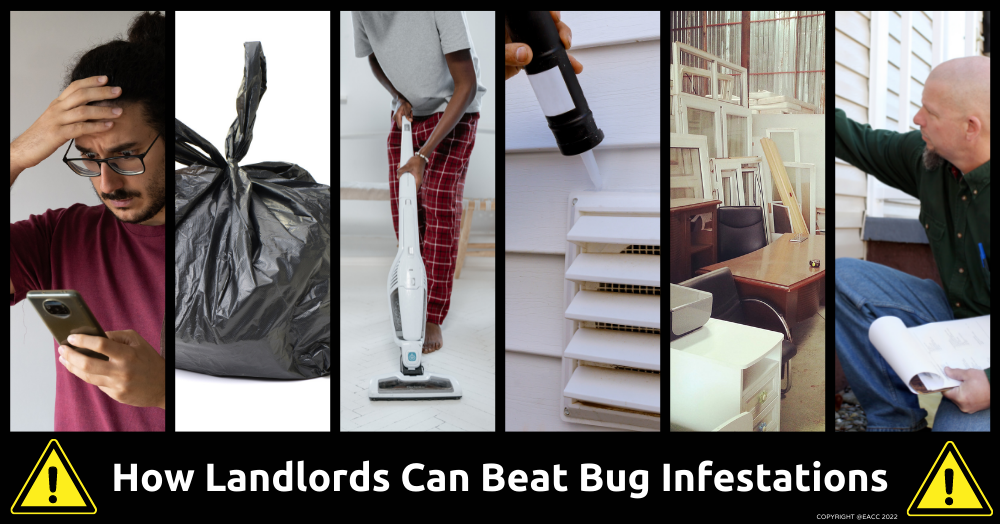If the thought of an insect infestation at your Chorley rental property makes you shudder, read on to find out how to beat the bugs this summer.
No landlord wants uninvited visitors in their buy-to-let – especially the six-legged variety that spread disease, bite, sting and cause property damage.
With insects breeding copiously in warm weather, here’s a list of the little pests to be on the lookout for in your rental property.
Fleas: The most common flea is in the UK is the Cat Flea. These are named this because their primary hosts are cats, however they are readily known for biting humans and dogs too. Flea bites can cause skin irritation to both humans and pets but have also been known to exacerbate respiratory illnesses and cause complications. You will definitely need pest control to rid your property of these.
Flies: Common house flies reproduce in large numbers, so even if you only have a few buzzing around the place, this can change quickly. Flies contaminate surfaces with bacteria from their gut and feet and cause food poisoning and other illnesses.
Cockroaches: You may not see these nocturnal creatures during the day, but you might spot their droppings. Cockroaches often move from sewers and drains to properties (yuk!). They can spread nasty bacteria such as salmonella, staphylococcus and streptococcus.
Wasps: These flying pests make their nests using wood pulp – sourced by munching through plasterboard walls and ceilings – and saliva. They often nest under eaves, so a tenant might hear them before seeing them. In summer, an average wasps’ nest can house 5,000 adult wasps – who can sting when threatened. Without a doubt call pest control to get rid of these!
Bed bugs: These reddish-brown, seed-sized critters are like tiny vampires – they feast on blood. Their bites can cause anything from minor irritation to a severe anaphylactic reaction. Common signs of bed bugs include blood spots or brown stains on bed linen or mattresses.
Who is responsible for infestations?
As with many issues relating to rental properties, the answer isn’t always straightforward.
If the infestation is linked to low standards of cleanliness, leaving food and bins uncovered or from tenants pets, the tenant is responsible.
However, if the insects have made their way in through holes in walls, gaps around windows or uncapped pipes, then the landlord is responsible.
In some cases, both parties may have a role to play in addressing the situation. Always look for practical solutions and act swiftly because the pests will only keep reproducing.
How to avoid bug infestations in your Blackburn property
- Have a good rapport with your tenant so that they’ll inform you if a pest problem arises.
- Encourage tenants to store all food in the fridge or cupboards and wipe up crumbs. Regular vacuuming will help get rid of eggs and larvae.
- Ensure all refuse bins have well-fitting lids and encourage your tenant to seal rubbish bags before disposing of them.
- If your tenants have pets provide helpful advice about preventing fleas.
- Block any holes or gaps in woodwork and around windows and doors. Check that drains and pipework don’t provide an entry route for insects.
- Check second-hand furniture carefully before moving it into your property – Mattresses could be hosting bed bugs. We always recommend providing a mattress protector if a mattress is included in the rental, you can also buy special mattress protectors that prevent bed bugs from proliferating. Wooden second hand furniture could also be infested with woodworm. You do not want these blighters eating through your floorboards.
- During routine inspections, look for insect droppings, eggs or discarded shells.
Visit the British Pest Control Association’s website for tips on identifying and eradicating insects.
And for more advice on managing a rental property in Preston, Chorley, Leyland or the surrounding areas, get in touch with us here at PR Lettings & Management.


 By
By 



Share this with
Email
Facebook
Messenger
Twitter
Pinterest
LinkedIn
Copy this link